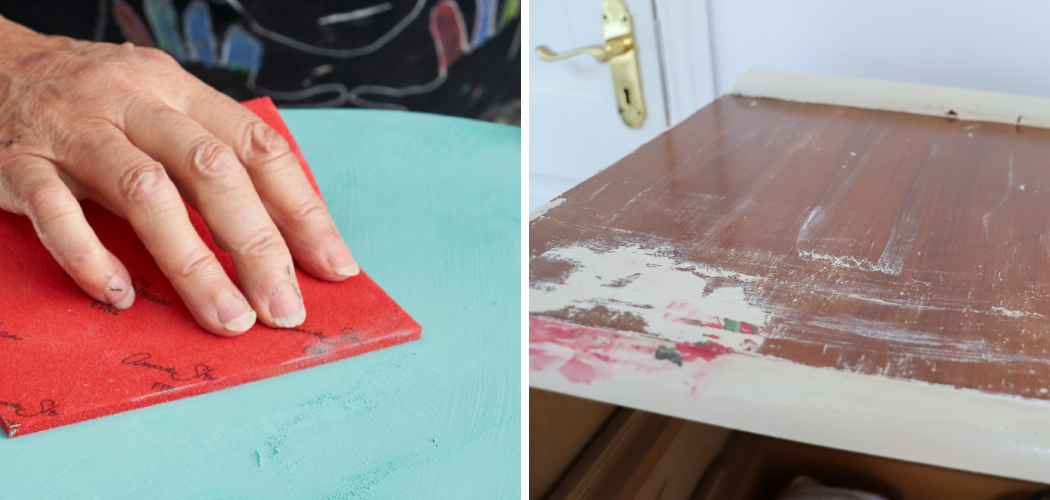Removing chalk paint from furniture can be a meticulous but rewarding task, especially when you aim to restore the original beauty of a beloved piece or prepare it for a new finish. Chalk paint, known for its matte texture and vintage charm, adheres well to surfaces, making it durable but somewhat challenging to remove. This article aims to provide a comprehensive guide on how to remove chalk paint from furniture.
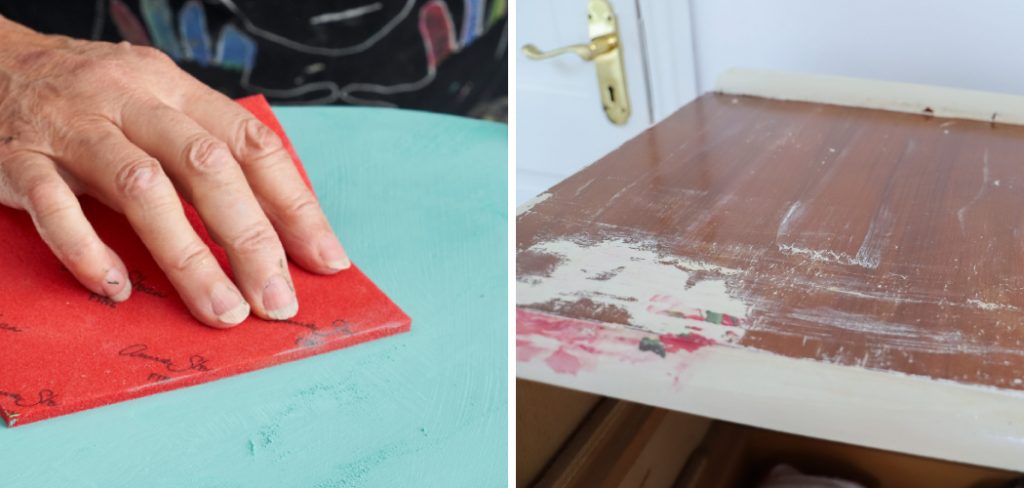
The process involves several careful steps to ensure the underlying material remains intact. Start by assessing the furniture to determine the best method of removal—chemical paint strippers, heat guns, or mechanical sanding. Chemical strippers can effectively dissolve the paint, making it easier to scrape off, while a heat gun can soften the paint for peeling. Sanding is another option, especially for smaller areas or intricate details.
Throughout the process, it is important to work in a well-ventilated area and use protective gear to avoid exposure to harmful fumes and dust. This guide will provide detailed instructions on selecting the right tools and techniques for your specific project, ensuring a smooth and successful removal of chalk paint. Whether you’re aiming to reveal the natural wood beneath or prepare the surface for a fresh coat of paint, these steps will help you achieve professional-looking results.
10 Methods How to Remove Chalk Paint from Furniture
1. Scrape Off Loose Paint
The first step in removing chalk paint is to scrape off any loose or flaking paint. Use a putty knife or paint scraper to gently lift the paint from the surface. Hold the scraper at a slight angle to avoid gouging the wood. Start at one edge and work your way across the piece, removing as much paint as possible.
This initial scraping helps reduce the amount of paint that needs to be removed with other methods and gives you a clearer view of the underlying surface. Scraping is a straightforward and effective way to begin the paint removal process, especially for areas where the paint is already peeling.
2. Sanding
Sanding is a reliable method for removing chalk paint, especially when dealing with larger flat surfaces. Use medium-grit sandpaper (120-150 grit) to start, followed by fine-grit sandpaper (220 grit) for a smooth finish. Sand in the direction of the wood grain to avoid scratching.
An orbital sander can speed up the process for large areas, but be careful not to sand too deeply into the wood. After sanding, wipe down the surface with a tack cloth to remove dust. Sanding not only removes the paint but also smooths the surface, preparing it for refinishing.
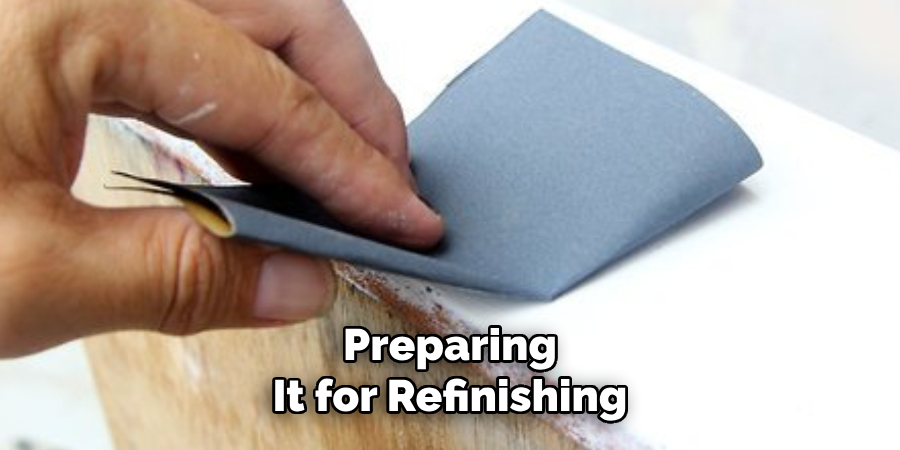
3. Heat Gun
A heat gun can be an effective tool for softening chalk paint, making it easier to scrape off. Set the heat gun to a medium temperature and hold it a few inches away from the surface. Move the heat gun back and forth slowly, allowing the heat to penetrate the paint.
Once the paint begins to bubble and soften, use a putty knife to scrape it off. Be cautious not to burn the wood or yourself. Using a heat gun is especially useful for intricate areas where sanding might be difficult. This method requires careful handling but can be very effective for thick layers of paint.
4. Chemical Paint Strippers
Chemical paint strippers are designed to break down the paint, making it easier to remove. Apply the stripper with a brush according to the manufacturer’s instructions, covering the entire surface evenly. Allow the stripper to sit for the recommended time until the paint begins to blister.
Use a putty knife or scraper to remove the softened paint. After stripping, clean the surface with a damp cloth to remove any residue. Chemical strippers are highly effective but should be used with caution, as they contain strong chemicals. Proper ventilation and protective gear are essential when using this method.
5. Vinegar and Water Solution
For a more natural approach, a vinegar and water solution can help remove chalk paint. Mix equal parts white vinegar and water in a spray bottle. Spray the solution onto the painted surface and let it sit for a few minutes to soften the paint.
Use a scrub brush or sponge to scrub the paint off. This method works best on smaller pieces or areas where the paint is not too thick. Vinegar is a gentle and eco-friendly option, but it may require more elbow grease compared to chemical strippers. This method is ideal for those looking for a less harsh alternative to chemical removers.
6. Baking Soda and Water Paste
Another natural method involves making a paste from baking soda and water. Mix the two ingredients until you achieve a thick, spreadable consistency. Apply the paste to the painted surface and let it sit for a few minutes to soften the paint. Use a scrub brush or sponge to scrub off the paint.
This method is particularly effective for small areas or intricate details. Baking soda is a mild abrasive that helps lift the paint without damaging the wood. This approach is both eco-friendly and safe, making it a good choice for delicate surfaces or those sensitive to strong chemicals.
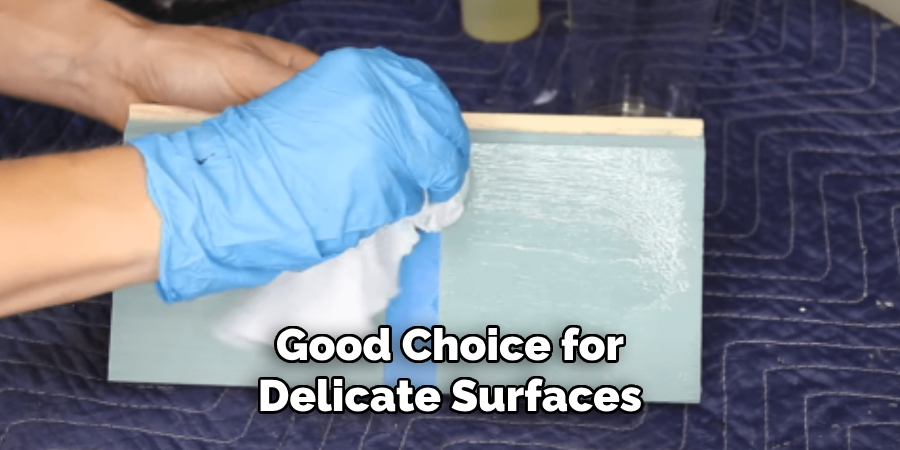
7. Soap and Water
For recent or light chalk paint applications, a simple solution of soap and water can sometimes do the trick. Use a sponge or scrub brush with warm, soapy water to scrub the painted surface. This method is less likely to remove all the paint but can be effective for cleaning and preparing the surface for more intensive methods. Soap and water are safe for all types of wood and finishes, making it a good first step in the paint removal process. This approach is best suited for small areas or when the paint layer is thin and not heavily adhered.
8. Commercial Paint Removers
Commercial paint removers are specifically formulated to remove different types of paint, including chalk paint. These products are available in gel, liquid, or spray forms. Follow the manufacturer’s instructions for application and wait times. Typically, you apply the remover, let it sit until the paint softens, then scrape or wipe off the paint.
These removers are usually fast-acting and highly effective but can be more expensive and require careful handling. They often contain strong chemicals, so proper ventilation and protective gear are necessary. This method is ideal for stubborn or thick layers of chalk paint.
9. Power Washing
For outdoor furniture or large pieces that can withstand water, power washing can be an effective method. Use a power washer with a moderate pressure setting to blast the paint off. Be sure to maintain a safe distance to avoid damaging the wood.
This method is quick and efficient for large, durable surfaces but is not suitable for delicate or indoor pieces. Power washing can remove paint quickly and effectively but should be used with caution to prevent water damage. This method is particularly useful for garden furniture or large exterior wood surfaces.
10. Solvent-Based Cleaners
Solvent-based cleaners, such as mineral spirits or denatured alcohol, can help dissolve chalk paint. Apply the solvent to a cloth and rub it onto the painted surface. Let it sit for a few minutes to break down the paint, then use a scraper or scrub brush to remove it. This method is effective for detailed areas or smaller pieces.
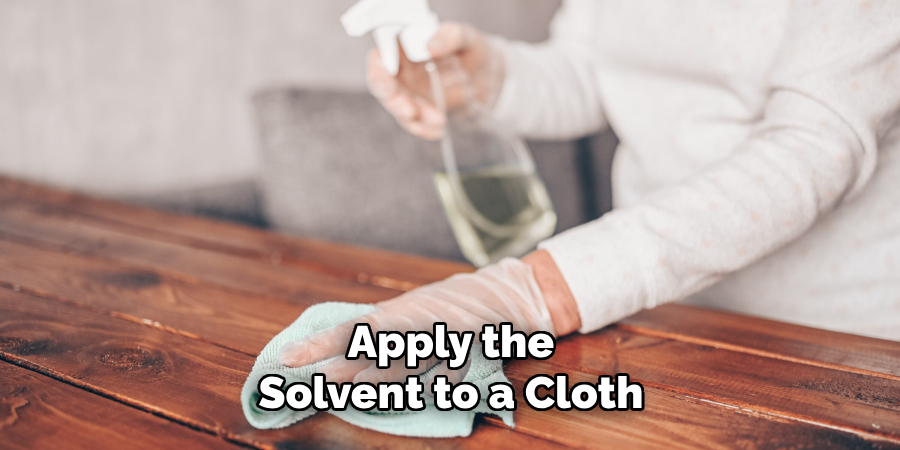
Solvent-based cleaners are strong and fast-acting but should be used with proper ventilation and protective gear. They can be particularly useful for removing paint from intricate carvings or tight spaces where other methods might be less effective.
Things to Consider When Removing Chalk Paint
- Type of Wood: Different types of wood react differently to certain paint removal methods. Softwoods like pine may be more susceptible to scratches from abrasive methods like sanding, while hardwoods can withstand more intensive treatments. Always test a small, inconspicuous area first to ensure the integrity of the wood is maintained.
- Age and Condition of the Paint: The age and layers of the chalk paint play a significant role in selecting the removal method. Older, thicker layers of paint might require stronger methods like chemical strippers, while newer or thinner coats could be effectively removed using natural solutions or simple scrubbing.
- Work Area Ventilation: Proper ventilation is crucial, especially when using chemical paint strippers or solvent-based cleaners. Ensure your work area is well-ventilated to minimize inhalation of fumes and to maintain a safe working environment.
- Protective Gear: Safety should always be a priority. Depending on the method chosen, gloves, goggles, and masks may be necessary to protect your skin and respiratory system from harsh chemicals and dust. Follow manufacturer guidelines for the recommended protective equipment.
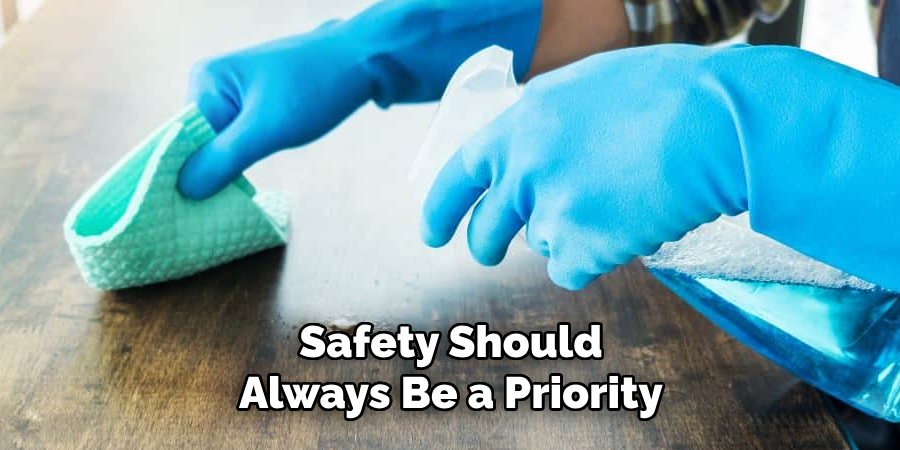
Conclusion
Removing chalk paint from furniture can be a challenging task, but with the right methods, it can be accomplished effectively and safely. The ten methods outlined—scraping off loose paint, sanding, using a heat gun, applying chemical paint strippers, using a vinegar and water solution, making a baking soda and water paste, using soap and water, applying commercial paint removers, power washing, and using solvent-based cleaners—offer comprehensive solutions for different types and extents of paint removal.
Thanks for reading, and we hope this has given you some inspiration on how to remove chalk paint from furniture!
